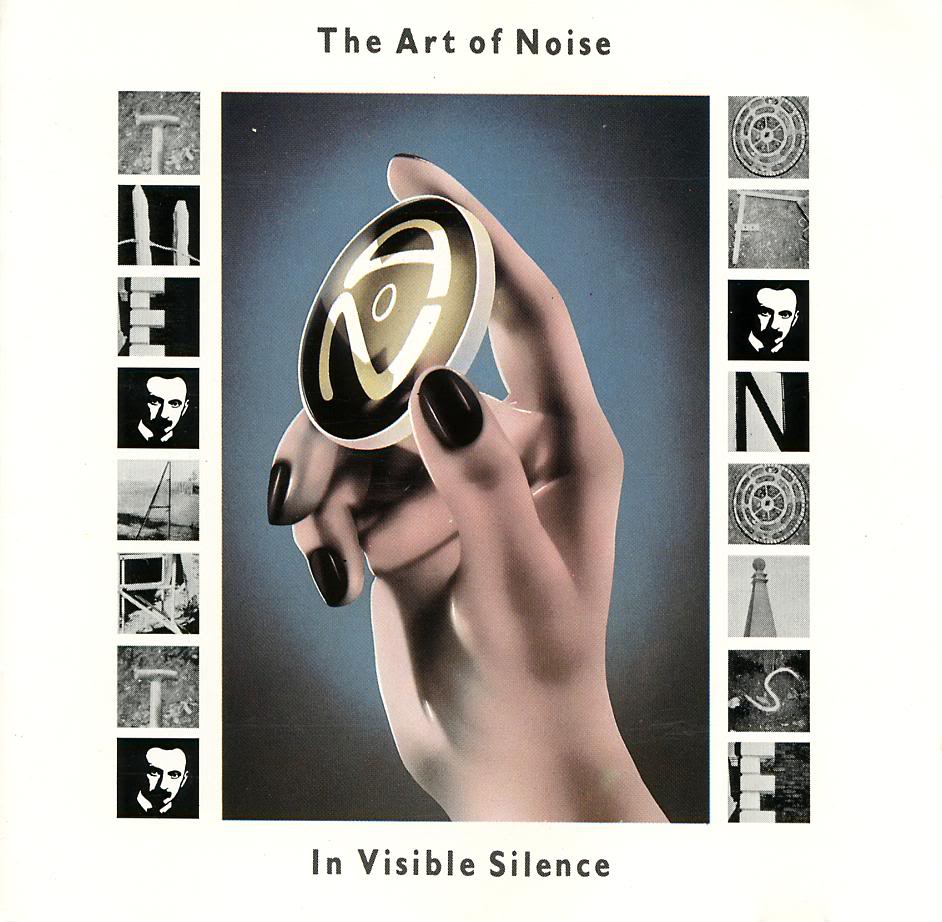I can’t help but point out the huge contradiction between the fictional stories we humans tell each other—which all end happily ever after—and the reality of our lives, which must invariably come to an unhappy end.
This won’t be the most joyful article you read today. It’s been lingering in my outbox for a while, as I struggled with whether sharing my feelings was worth the negative reaction they might elicit from readers. But I think it’s an important point to talk about, so I’m posting it as-is, despite my trepidation about whether anyone shares these thoughts and feelings or not.
Over the past year, I spent some time exposing myself to mainstream entertainment media: movies, television, and so forth. As I did so, I couldn’t help but notice the stark contrast between my life and the lives of the characters depicted on the screen.
In that constructed world, happy endings aren’t just the norm; they are nearly inevitable. The romantic lead winds up overcoming all obstacles, conquering their foes, winning their love interest, and living out a long life. You have to search awfully hard to find a lasting tragic outcome in mainstream media. As a society, we seem unwilling to acknowledge that sometimes—oftentimes—things just don’t work out.
Even the bad things that happen along the way: in the stories we tell one another, they’re heavily foreshadowed, or else they’re somehow “deserved”. There aren’t any surprises: nothing bad ever happens purely by blind chance, and there are absolutely no unjust outcomes. No matter what the challenge, you can bet it is temporary and that the protagonist will overcome it in the end.
While I was observing all these media messages, the protagonist in my real-world life was beset with problems. Biking home from work one day, I was hit by a car that ran a stop sign, and had to foot all the medical and bike repair bills myself because American law simply doesn’t protect cyclists.
On the way home another night, I had a solo bike crash that resulted in a mild concussion. But more severe were the injuries inflicted at the hospital, where a botched IV left me with a foot-long hematoma and an elbow that wouldn’t move for six weeks.
Not long after, I was diagnosed with a painful gall bladder, and had to radically change my diet while waiting two months to undergo surgery to remove it. Following the surgery, my symptoms came right back.
Next, after taking my cat to the vet, he had a mysterious reaction to the routine vaccinations, and the young, healthy pet that I expected to enjoy for many more years was suddenly and unexpectedly dead.
Since all of this happened while I was out of work, it left me struggling with unplanned financial pressures.
While living this discouraging reality, the preponderance of “happily ever after” stories on television seemed amazingly artifical. Although I wouldn’t pretend to assert that life is nothing more than suffering, it’s pretty clear that suffering happens to all of us. And some kinds of suffering will stay with us until the end of our lives.
When you think in terms of happy endings, in the real world nobody dies happy. Some people may accept its inevitability better than others, and some live long enough to welcome it. But in general, people who realize they are dying must be pretty profoundly unhappy about it. In the book of our lives, when we reach the final chapter, we all suffer our ultimate loss. In the real world—the one we live in—the hero always dies, and in all of history not one person has been born who lived “happily ever after”.
Whether it happens tonight or a few years from now, our lives inevitably end. We mourn the tragedy of someone who dies young, saying it was “before their time”, as if there were some cosmic sense of justice overseeing our lives rather than a blind roll of the dice. As a child, I was given an early lesson in that fallacy when my older sister—recently married and a new mother—died at age 21.
Even more tragic is the gradual decline and infirmity that inevitably comes with old age: having to somehow find the inner strength to be okay giving up everything we’ve ever been, seen, done, or enjoyed. As our future dwindles to months—to days—the grand story that we spent our entire lives constructing must end, and in a manner I would describe as “unhappily”.
So what is the point of my persistently rubbing this in your face? Is it just so that I can be a smug pessimist? Not really. It’s more that I felt a need to provide a more realistic counterpoint to the ridiculously fanatstic stories we’re indundated with by modern media.
I think it’s incredibly important that we acknowledge that we will die. While most people try to avoid thinking about death, for me it is a vital, pressing reminder to derive maximum joy out of each moment of every day. My intention here is actually constructive, rather than nihilistic: I encourage everyone to live and pursue their happiness with wisdom and insight that derives from that sense of urgency.
And another huge reason for this post—perhaps surprisingly—is to offer some collective sympathy. You and me and everyone we know: we are all in the same unfortunate position. Our lives—the beautiful epics we’ve worked so hard to construct—will end as tragedies. There will be no happy endings. As such, I offer everyone my sympathy and understanding and fellowship. Being alive and also being aware of the inevitability and proximity of death: this is a difficult, unpleasant, anxiety-ridden state, but one that we all share in common.
Believe me, I feel for you.
